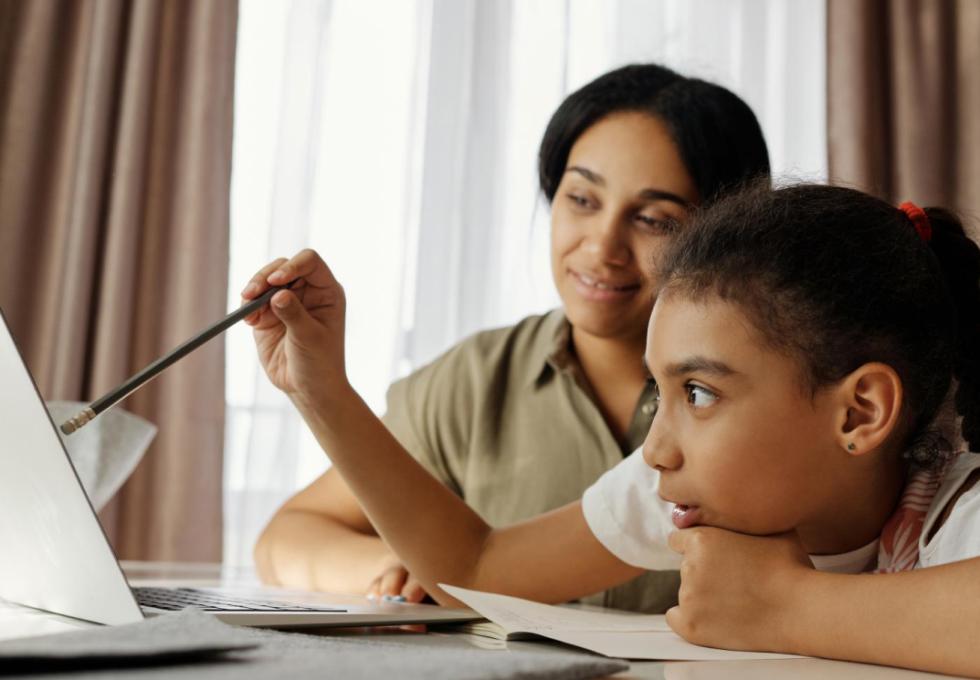Online or Not: Four Actions for Quality Instruction of Elementary Students
“I learned how to support all of my students, no matter what format I’m asked to teach in — even those students I thought we could never serve outside school walls.”
 That’s what an elementary teacher
told me when I asked her what positives emerged from the shift to
remote learning this spring.
That’s what an elementary teacher
told me when I asked her what positives emerged from the shift to
remote learning this spring.
As we prepare to enter the new school year, one thing is certain — education is not going to look the same. The uncertainty of these times offers us opportunities to create a better experience for each of our elementary students, especially those with special needs, such as students with special needs, English language learners and students who need Tier 2 or Tier 3 instructional supports.
Thanks in part to the work of SREB and its K-12 Education Recovery Task Force, we’ve identified four actions for districts and schools to ensure that all elementary students have equitable access to quality instruction wherever learning takes place.
-
Identify
one learning management system or platform
— such as Google Classroom, Seesaw or Clever — that connects
students and parents to teaching and learning resources. Teach
that platform to students and parents on the first day of
instruction and continue to use it whether learning occurs in
person, online or as a hybrid of the two. Support parents with
instructional
videos that walk them through how to navigate and use the
platform and support learning. Encourage parents to use online
systems and platforms to collaborate and communicate with their
child’s teachers, counselors, special service providers and
school leaders.
-
Focus on the essential content. Engage
students in assignments that use integrated, project-based
learning strategies that help them master literacy, math,
science and technology standards. Use in-person class time to
provide structured opportunities for student teams to
collaborate, engage in peer questioning and feedback, and solve
real-world problems.
-
Be innovative in collecting evidence of
learning. Technology tools such as Classkick, FlipGrid
and Google Jamboard allow young students to show evidence of
their learning that play to their learning styles and
strengths. Students can make videos, explain answers through a
microphone, draw pictures or insert graphics with text.
Platforms such as Zoom and Google Meet allow teachers to engage
with students in whole groups, small groups or one-on-one for
extra support.
- Help teachers collaborate and plan instruction. Teacher teams need training and time to plan for both synchronous (real-time) and asynchronous (anytime) instruction. Teachers can use synchronous learning time to focus on helping students develop language skills and to promote positive student-to-student and student-teacher interactions. Asynchronous learning allows teachers to deliver content through recorded lessons and gives students and parents greater flexibility; students have additional time to repeat, translate, process and respond to content. By balancing synchronous and asynchronous learning, teachers are better able to provide the extra supports that students need. Use tools that support students in special education programs and English language learners, such as immersive readers or Google Translate, as well as online and in-person tutoring options.
SREB is committed to helping teachers plan for quality instruction, regardless of the delivery format. Our new workshop, Engaging Students in a Blended Instructional World, will dive deeper into the “how” for each of these four actions. Contact us to learn how we can help.

